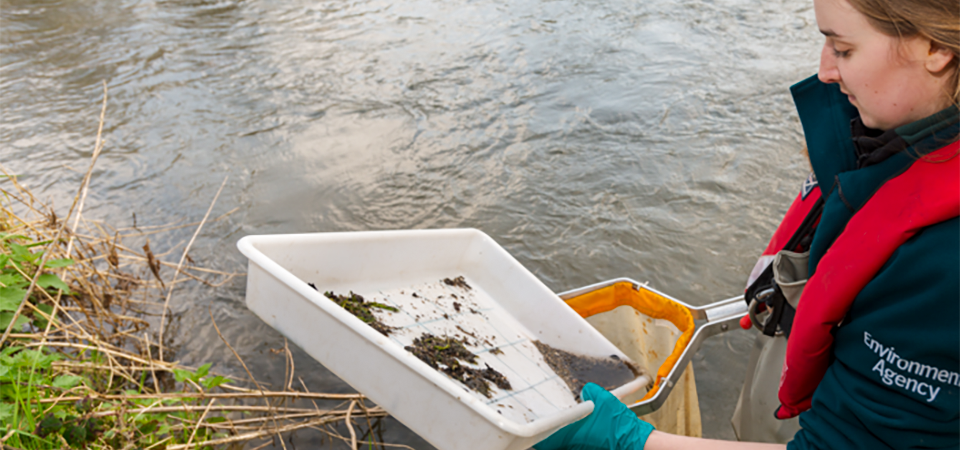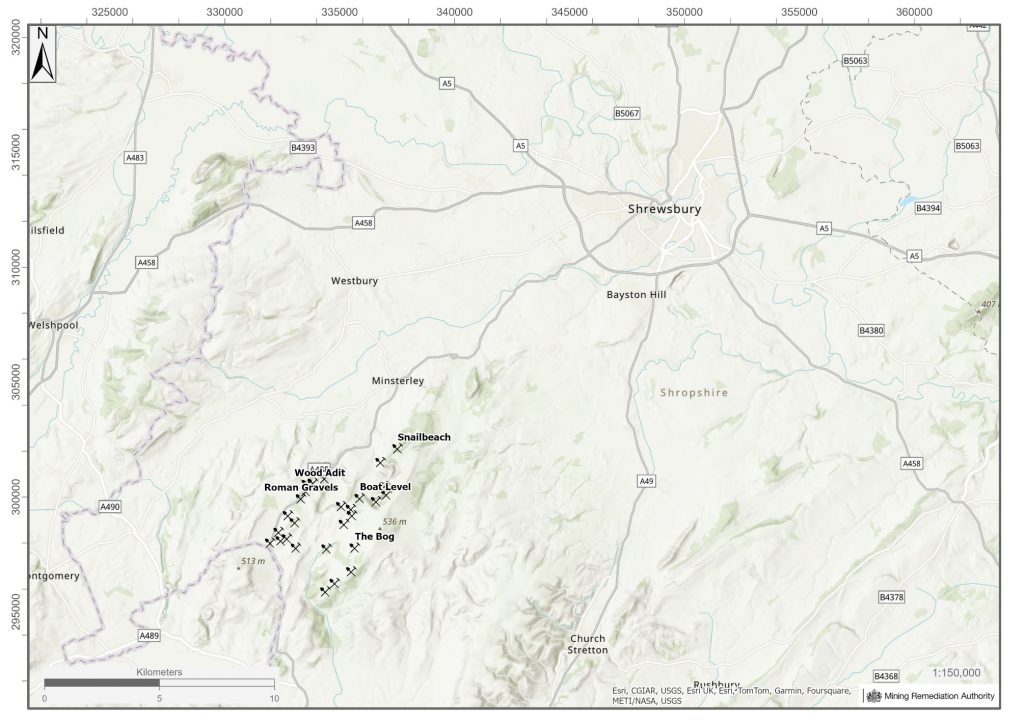
Overview of the problem
There is a long history of mining for lead, zinc, barytes and fluorspar in the West Shropshire mining field, which is centred on Snailbeach, in the Minsterley catchment, to the southwest of Shrewsbury.
Although the last of the mines closed in the 1950s, they left behind drainage adits (or tunnels), which discharge at various points, and waste deposits from the operations, known as spoil heaps.
These are a significant source of heavy metal contamination in the catchment and represent one of the longest continuous sources of pollution in the whole Severn River Basin.
Read more about Severn Uplands management catchment: baseline length of rivers and estuaries polluted by abandoned metal mines – GOV.UK.
Monitoring by the Environment Agency shows that 44 km of the watercourses in this area are polluted by zinc, cadmium and lead, which is why it is a focus of the Water and Abandoned Metal Mines (WAMM) programme.
Key sources are the mine water discharges from White Tip, Boat Level and Wood Adit, while diffuse sources (where substances leach into surface waters and groundwater because of rainfall, soil infiltration and surface runoff) include mine wastes at Tankerville Tip and Roman Gravels.

Our work in the Minsterley catchment aims to undertake interventions that will contribute towards the government’s target of halving the 1,500km of rivers in England polluted by historical metal mine legacy by 2038.
This preventative action will safeguard local watercourses affected by metal contamination within the Minsterley catchment, improving habitats and diversity.